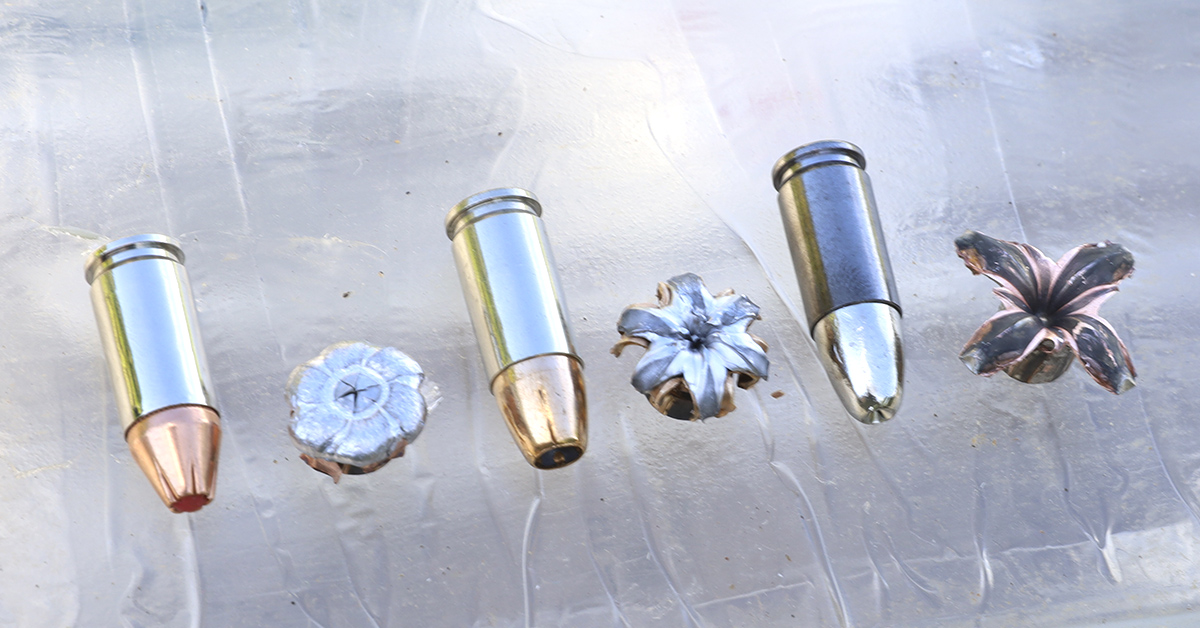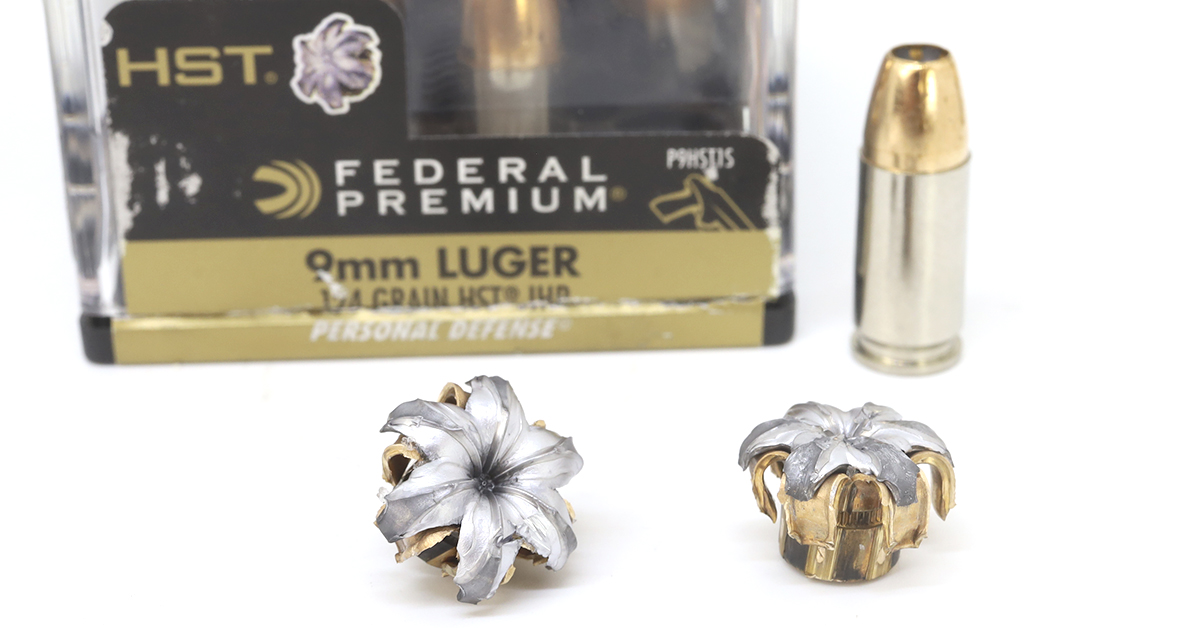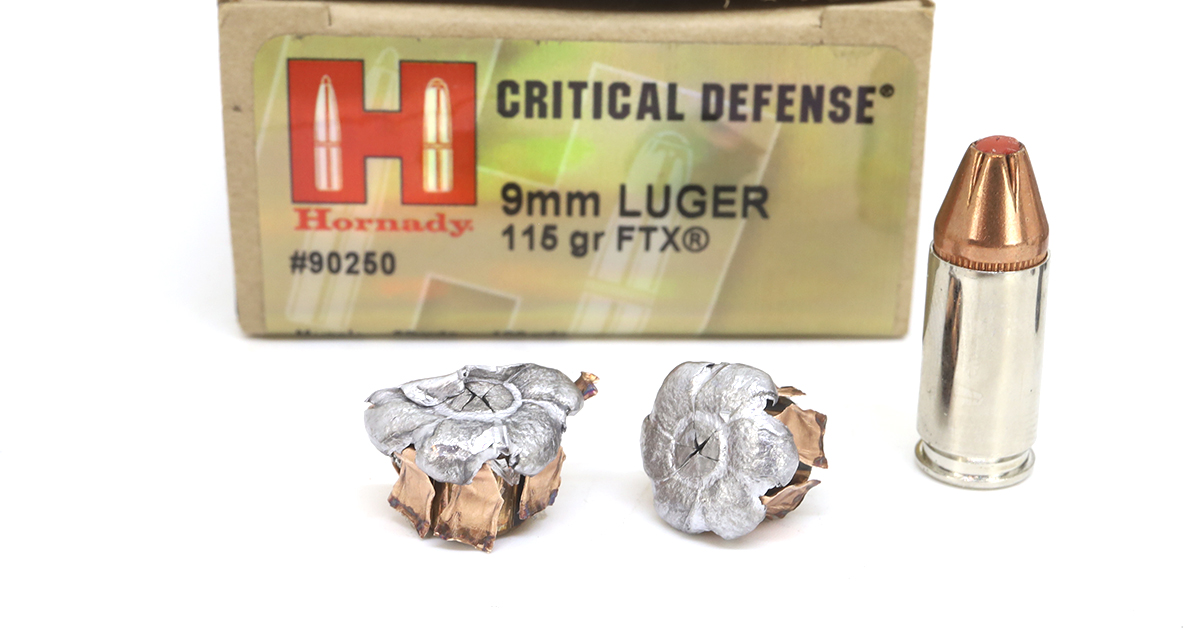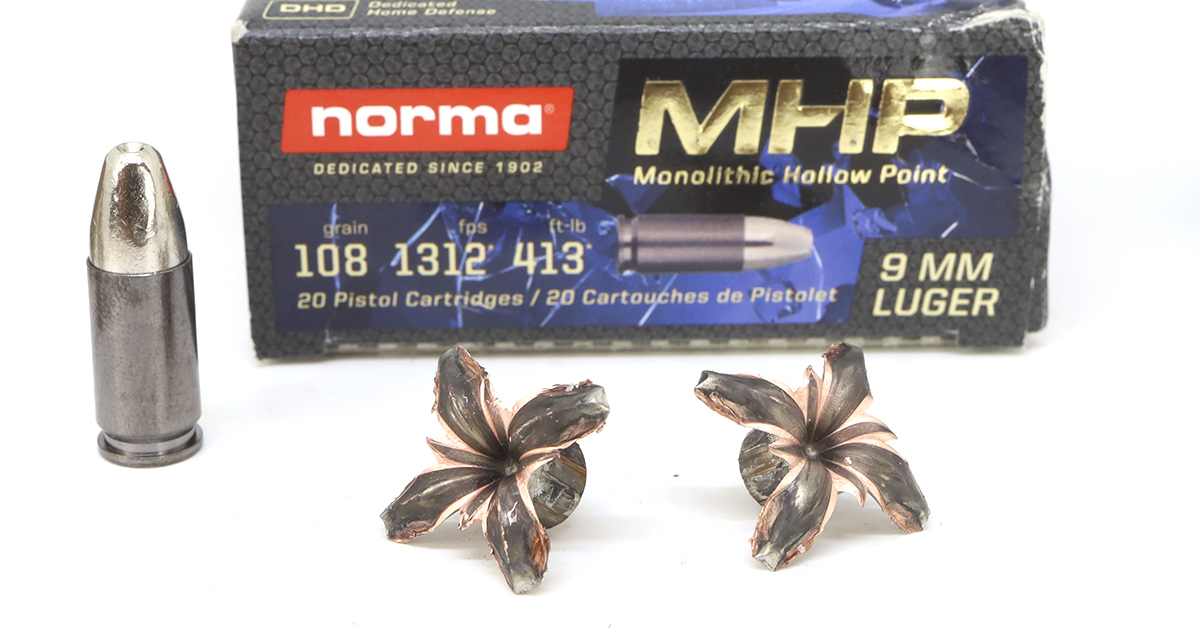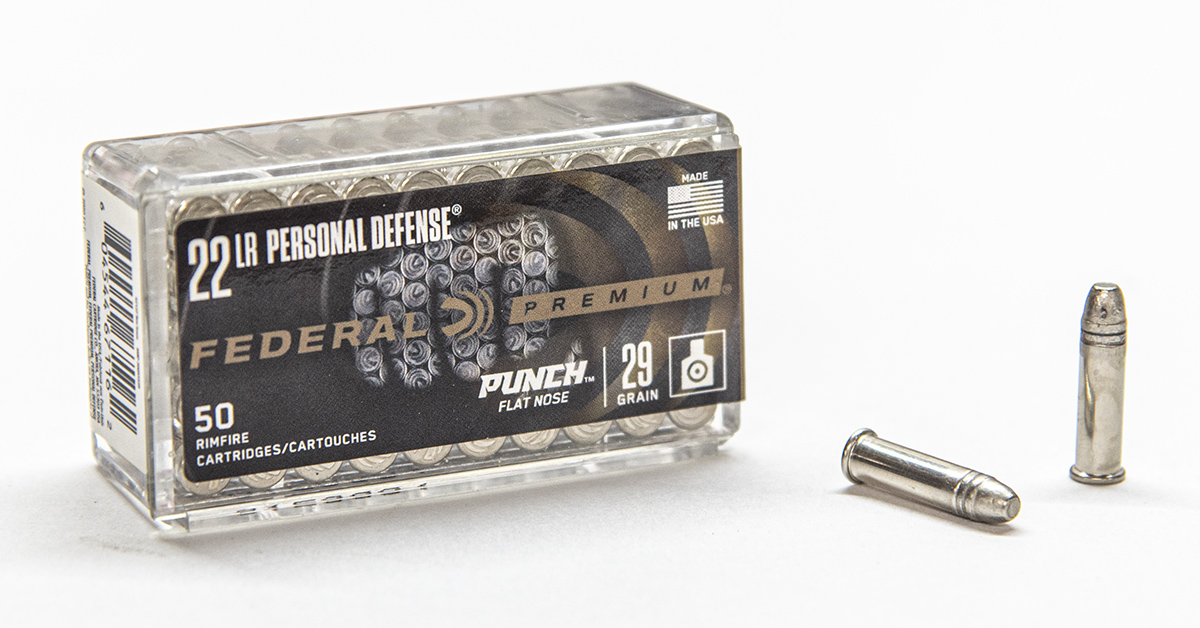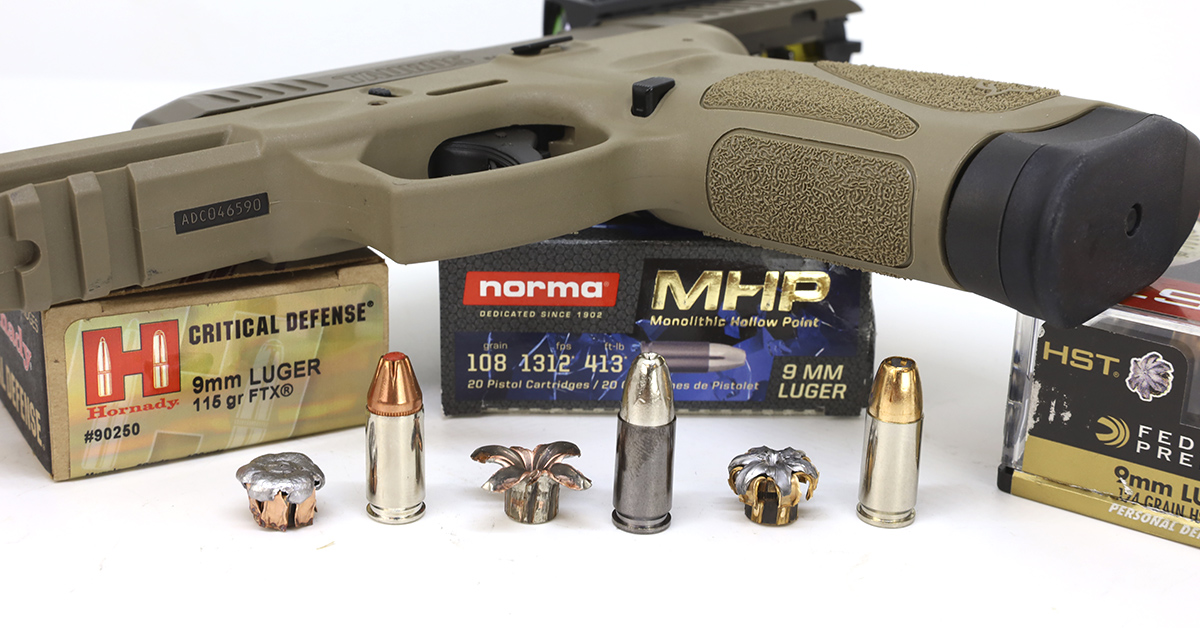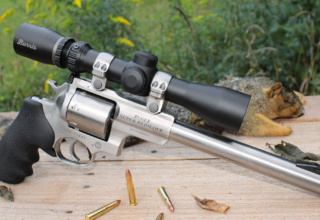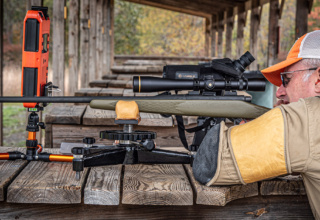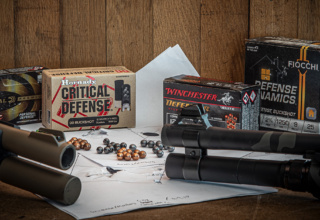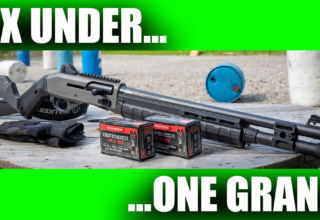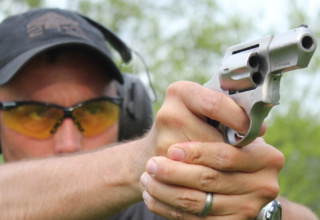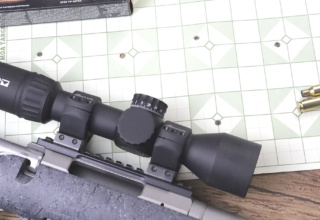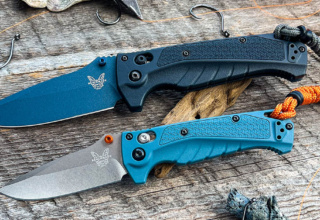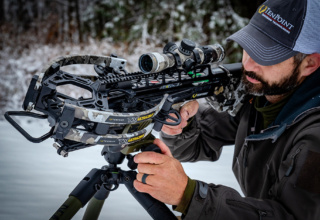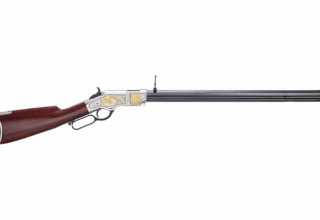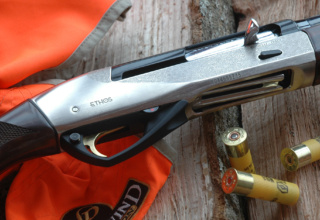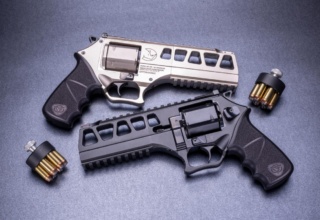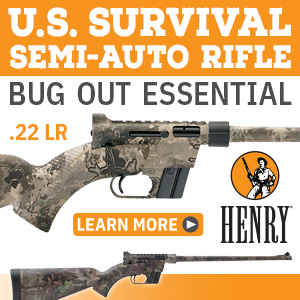Is bullet selection more important than caliber choice for a defense handgun? This author thinks so.
by Brad Fitzpatrick
In April 1986, FBI agents in Miami attempted to apprehend two violent criminals and a massive gunfight ensued. During that fight, agents hit suspect Michael Platt with multiple rounds but, despite his injuries, Platt was able to continue returning fire. When the shootout ended, Platt and his criminal accomplice William Matix were both dead, but two FBI agents were killed and five were seriously wounded.
The events of that day prompted the FBI to more closely examine their weapons and ammunition. In particular, the agency wanted to know why suspect Michael Platt was able to return fire despite being hit multiple times at close range with 9mm, .357 Magnum, and .38 Special rounds. The answer, the FBI determined, was bullet failure.
The 1986 Miami Shootout changed the process by which the FBI selected ammunition for their agents. From that point forward, the FBI established a bullet testing protocol to demonstrate bullet performance under real-world conditions.
FBI Testing and its Impact on Self-Defense
The FBI’s current testing protocol requires bullets to be fired into 10% gelatin blocks at 10 feet, and in some of the evaluations, bullets must pass through barriers such as heavy clothing, plywood, and auto glass. Bullets are required to travel between 12 and 18 inches through gel for satisfactory performance on the test.
The FBI’s evaluation of bullet performance has not only changed the performance expectations of LE bullets but also self-defense ammunition. By examining tens of thousands of bullets and awarding contracts only to ammunition companies that produce effective threat-stopping ammunition, the FBI has prompted ammo manufacturers to design new, better-performing bullets with claims of stopping power that are backed by data.
Prior to the Miami Shootout, bullets were all viewed as effective for self-defense, but today we know better. In fact, we know that bullet performance may be more important than caliber. Self-defense experts have long argued for either the 9mm or .45 ACP, advocating either the 9mm’s smaller diameter and increased capacity or the .45 ACP’s added diameter and bullet weight. But what we have seen is that terminal performance is very closely related to bullet design. A high-quality defense bullets offers consistent results and real threat-stopping power.
Qualities of a Good Defense Bullet
There are lots of loads on the market for your handgun, so how do you know which ammunition is best for personal protection? That begins with bullet construction.
A bullet should have a track record that shows it performs well in gel tests, neither overpenetrating nor underpenetrating. Generally speaking, the bullets that do this effectively and transfer threat-stopping energy on target are jacketed bullets with lead core and hollow tip designs. This construction serves multiple purposes.
First, the hollow point begins to cause the lead core to expand upon impact as material enters the nose of the bullet. This expansion creates a larger channel and effectively transfers the bullet’s energy. The jacket, which is usually made of copper or copper alloy, controls the expansion so the lead core doesn’t expand too violently and quickly, which could result in sub-par penetration.
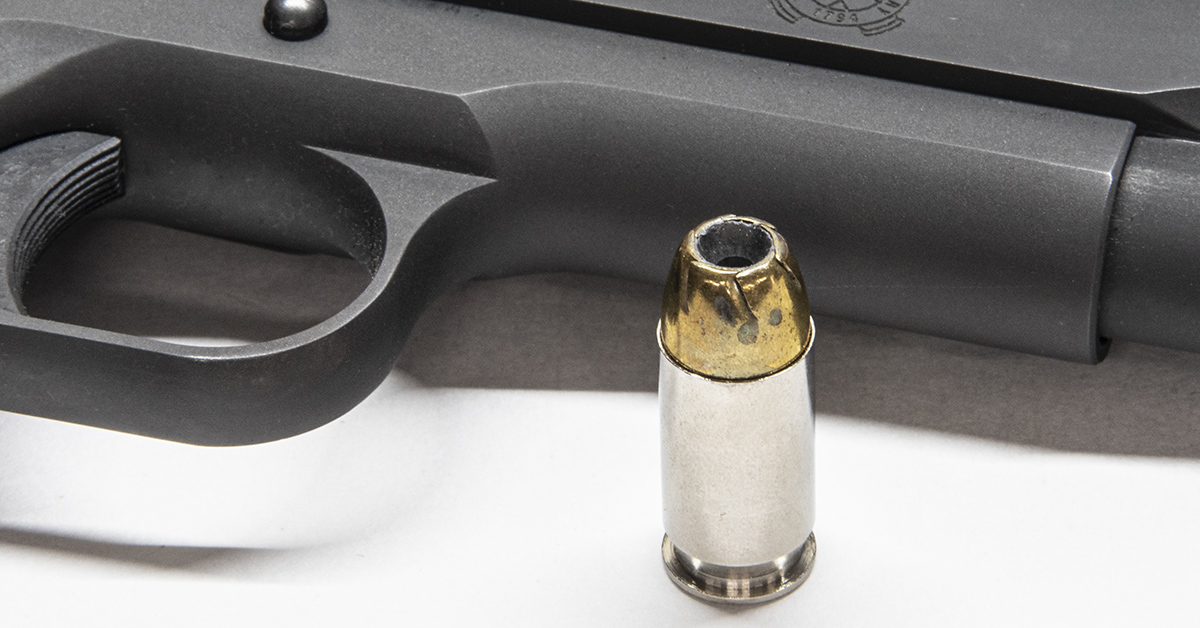
Some bullets are bonded, and this simply means the jacket and core are chemically or mechanically fused together to eliminate the risk of jacket/core separation. A good defense bullet doesn’t have to be bonded, and bonding generally increases cost because it adds another step to bullet manufacturing; however, a bonded bullet guarantees excellent performance.
Many of today’s jacketed lead core defense bullets feature skives in the nose of the bullet. These small cuts cause the copper jacket to expand at pre-determined points, resulting in the “petals” seen on many recovered bullets. To reduce the nose cavity clogging, many bullet manufacturers have an insert in the nose of the bullet that prevents heavy clothing or other materials, preventing the bullet from expanding. The lead post in Federal’s HST bullet and the polymer insert in Hornady’s FTX bullet (which they use in their Critical Duty and Critical Defense ammo) are two examples of these anti-clog designs.
It has become more common to find “monometal’ defense bullets such as Barnes’ TAC-XPD and Norma’s MHP. Like traditional jacketed lead bullets, these monometals (meaning they are made of copper alloy or some other single metal and lack a lead core) feature a hollow-point design and skiving in the nose of the bullet to initiate expansion. The difference is that the hollow core of the bullet initiates expansion without the use of lead, making the bullets non-toxic. Though this is a newer design than traditional lead core/jacketed bullets, the performance has been excellent. I have gel-tested both the Barnes and Norma ammunition and have seen excellent results in terms of both expansion and penetration.
Non-Traditional Designs
The hollow point design of lead core and monometal bullets is the traditional self-defense bullet profile, but other bullet types can work effectively for self-defense. Black Hills offers their Honey Badger bullets that lack a traditional hollow cavity and instead feature “cuts” in the metal nose of the bullet that look like fins. These bullets create massive hydrostatic shock and penetrate deeply, making them a solid option for personal protection.
Federal recently set out to design a .22 LR bullet that was purpose-built for self-defense. The result was their Punch bullet, which features a plated exterior. At 29 grains, it’s lighter than most other .22 LR bullets, but this allows for an increase in velocity that translates to deeper penetration. Federal’s engineers understood that a light .22 LR bullet that expanded likely wouldn’t penetrate to 12-inches, so the company focused instead on providing a bullet that would provide substantial penetration.
Training Versus Defense Ammunition
Today’s best self-defense ammunition is superbly engineered, but it’s also expensive — sometimes twice the cost of FMJ practice ammo. For that reason, many people purchase practice ammunition and defense ammunition separately.
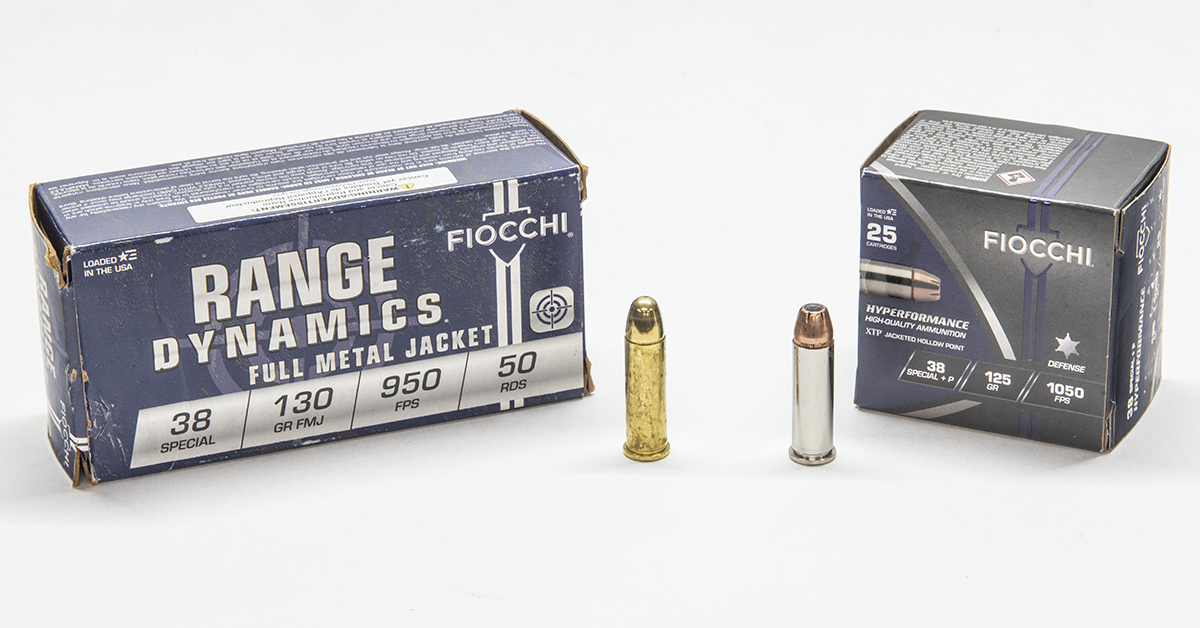
The goal is to use practice ammunition that performs similarly to your defense ammunition. Ideally, both your practice loads and defense loads will have similar grain weights and velocities, and some companies offer ammunition boxes that contain both practice and defense ammunition that offer similar ballistics so the point-of-impact remains the same. This allows shooters to train with ammunition that closely matches the performance of their defensive ammo.
Good Ammo Matters
Since the tragic Miami Shootout in 1986, we’ve learned that quality ammunition is essential to surviving a deadly encounter. The FBI gel testing radically changed handgun bullet design for the better, and today there are many great ammo options for self-defense. The key is finding defensive ammunition you can afford and that your gun shoots reliably and accurately.
- Six Great Shotguns Under $1,000 (Plus One Shotgun Everyone Should Own) - November 28, 2025
- Eight Great Revolvers for Self-Defense - September 23, 2025
- TESTED: Steiner H6Xi 2-12x42mm RFP Riflescope - April 25, 2025

